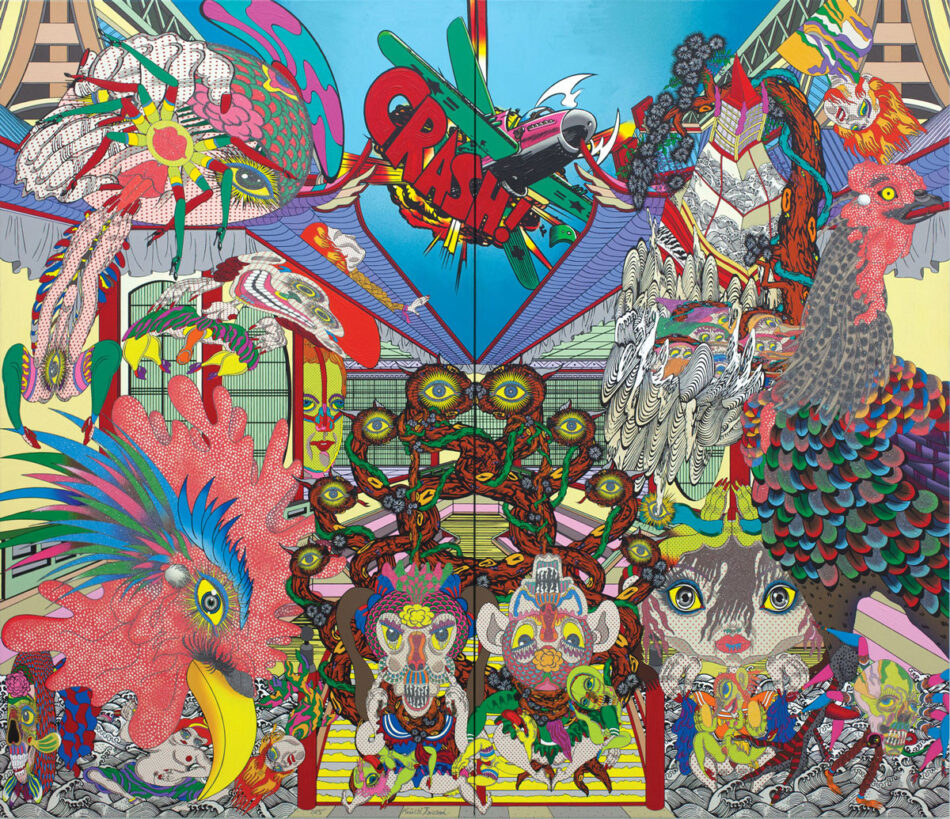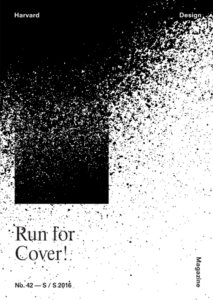Dreadful Design
Thunder frightened Bear.
She was a gentle beast—a broad, chesty English mastiff with a sagging black jowl and a mouth like a cave. Mostly, Bear lived outside, where there was space for her immensity. But even before the first rumblings of a storm, she would become restless, hearing sounds we couldn’t. She would pace, dig, and then desperately whomp her 185 pounds against the door, her dignified bark giving way to an alien yowl: “Let me innnnn!”
Once the door cracked open, Bear would burst clumsily into the house in a storm of wet-dog anxiety. Furniture would topple as she tried to consolidate her muddy limbs underneath it, seeking shelter in the smallest nooks. But no spot was safe enough. She’d claw the couch and gnaw doorframes, splitting wood with her teeth. We feared Bear’s fear, and what it could do.
Like all animals, humans are programmed for survival. Fight or flight? Duck! Run for cover! Our reflex, when we register fear, is to protect ourselves. Architecture’s answer, “shelter,” has etymological ties to the Dutch schild, which refers to nature’s armor, a turtle’s shell, and to the apparatus of combat—the shield. “Shelter” is said to derive from sheltron, or “shield” + “troop”; phalanx.

But shelter (“Let me in!”) can also imprison (“Let me out!”). What shields or defends can intimidate, exclude, and punish. Architecture is not just refuge, but target and weapon; buildings entrap, collapse, explode, segregate.
This issue of Harvard Design Magazine explores how fear—of assault, of nature, of power, of the Other—shapes our physical world, and how the built environment provokes, prevents, or palliates fear.
Today, we move about our cities and spaces warily, attuned to threats of violence, disease, economic crash. Sensations of dread, awe, vulnerability—both perceived and real—are mirrored and magnified by the people, objects, and media that surround us. In panic, we run toward and away from the structures and landscapes that figure in our fears; we succumb to lockdowns; we migrate, seeking safer worlds. All the while, we blind ourselves to the regimes of control enacted in the name of safety which ultimately encroach on our civil liberties.
Our instinctive urge to hide under tables might save us when faced with a shooter, a bomb, or an earthquake, but more abstract threats ask our minds, not just our adrenaline, to intervene. Can we think our way out of fear? Design our way through dread?
As the makers and inhabitants of this militarized “age of terror,” we reach for our “shields” automatically, often avoiding the deeper sources of fear. “Run for Cover!” suggests that maybe designers need to unlearn the shelter reflex. Fear can be a motivator for progress—not for walling in or walling out, but for imagining, configuring, and instrumentalizing spaces that foster coexistence, cooperation, and trust. Even when it thunders.
